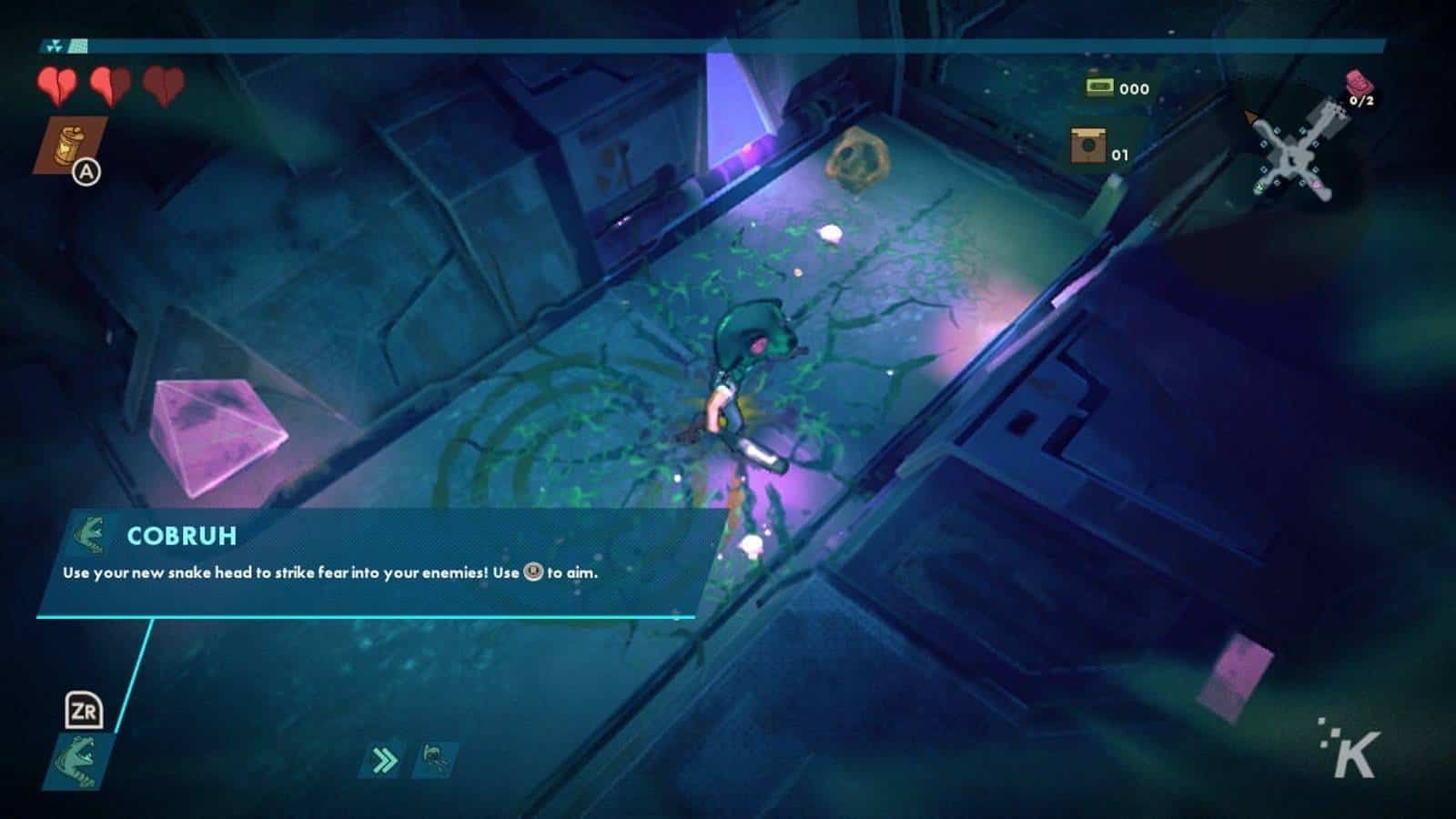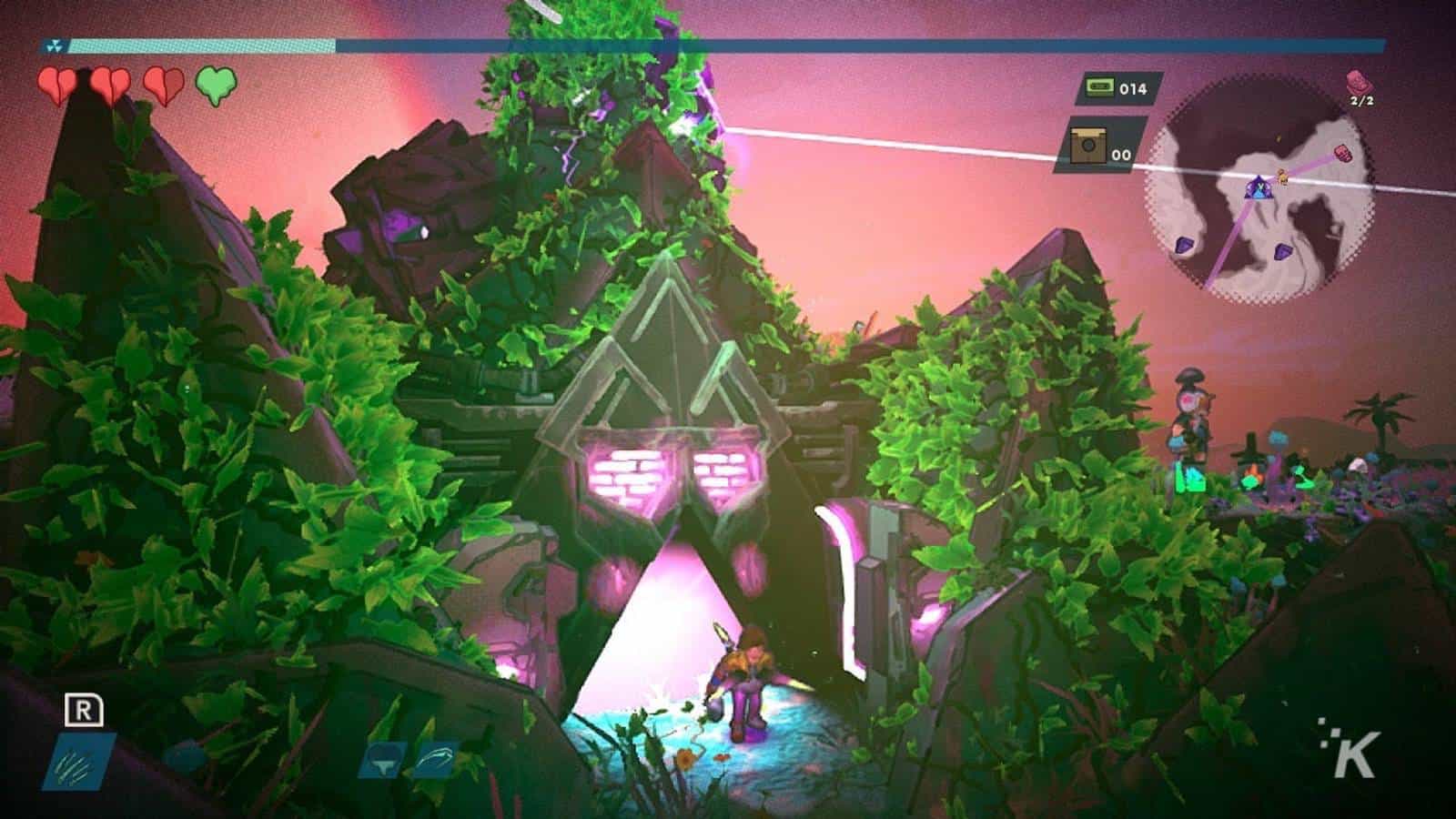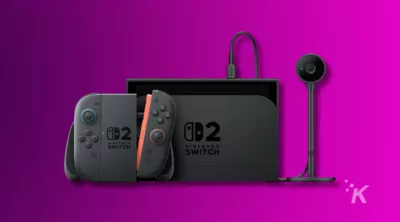Gaming
Review: RAD – an 80s retro-apocalyptic foray into mutant action
A gorgeous roguelike that barely misses the mark.

Just a heads up, if you buy something through our links, we may get a small share of the sale. It’s one of the ways we keep the lights on here. Click here for more.
[letsreview postid=”100892″]
It’s no secret that I’m a big fan of Double Fine, so when I heard they were developing RAD, a top-down action roguelite where you willingly seek out mutations to save your people, I knew I had to play it. What can I say? It looked pretty… rad.
If you’re still reading after that awful joke, here’s how this one plays out.
In RAD, you play as a child who lives in a small community that’s managed to survive not just the apocalypse, but the second apocalypse, as well
Double apocalypse, so intense. Anyway, your town is short on supplies and it sucks living in one place anyway, so it’s your job to alter your body, allow yourself to absorb the world’s radiation, and take on countless mutations to take back the land.

Oh, and this body-altering ceremony is performed by a post-apocalypse paladin in Judgement armor playing a keytar. (Image: Jake Vander Ende / KnowTechie)
In terms of gameplay, what this means is that RAD is a top-down action game where you can move, dodge roll, swing your baseball bat, and jump as your starting vocabulary of verbs. There are enemies in the world that want to chip away at your meager three hearts and when you defeat them you get radiation.
Fill a whole bar and your character will mutate, giving you something that has the potential to completely change gameplay, from wings that launch you into the air to spikes that jut out to stab enemies to additional health specifically for certain types of damage.
RAD is also a roguelike, meaning that each playthrough is discrete and when you die, you’re dead dead and start over
This means that you’ll likely never see the exact combination of mutations twice, keeping gameplay fairly fresh.
Each level is then subdivided into areas where you have to activate monoliths that then open doors into the next level. Well, more specifically they open a door to a boss fight that then leads into the next level. Beyond that, I truthfully don’t know where this one goes, because I have yet to beat a run of RAD. It’s a hard game.
This title from Double Fine shines brightest with its style
Visually, it’s a neon smorgasbord of fluorescent ooze, shimmering special effects, and bleak, crumbling ephemera from the 80s (when this second apocalypse took place). Sonically, it’s a thumping, synth-heavy rock soundtrack that I never get tired of. Your in-game currencies are cassette tapes and floppy disks. Everything is spot-on for creating a fictional apocalypse from 30 years ago, which I’m very into.
When it comes to gameplay, however, RAD starts to fray a bit. I love the premise – Drop into a procedurally generated world, get mutations, fight things, never get the same run twice. That’s a formula that had me hooked on Nuclear Throne for a long, long time, for good reason.
The problem for me is that in RAD, everything is just kind of sluggish and unfair
The dodge roll never seems to help, your character moves around pretty slow by default, and it feels like it’s way too easy for enemies to dole out tons of punishment when you can barely deal damage with a tiny baseball bat. The mutations can sometimes help, but sometimes you get runs with almost zero active utility, leaving you woefully under-equipped to take on the between-levels bosses. Even when you do get something cool and fun to use, not only is it short-lived because of how hard-hitting enemies are, the fun seems to be derived from cheating a stacked system, not because getting to master your new toys is a rewarding exercise in skill.
All of that can be distilled as a pacing issue: You don’t get upgrades fast enough and upgrades aren’t balanced strongly enough in favor of the player. It’s a specific balancing issue that can be worked out without too much of a major overhaul, but while it’s here it’s absolutely pervasive and makes me not want to keep going back into the irradiated landscape.
Still, there is some stuff here that’s done very well. For example, your character leaves a trail of growing greenery behind, allowing you to run faster through areas you’ve already traversed while also leaving a map to show you where you’ve been. It is details like that that remind me of how lovingly crafted RAD is and give me hope that they’re working out the micro issues that have macro consequences.
For now, however, it’s a bit flawed. If you like roguelikes, you’ll probably enjoy this one. If you don’t, you should probably start elsewhere.
Jake reviewed RAD on Nintendo Switch with a code from the developers. It is available now on Windows, Xbox One, PlayStation 4, and Nintendo Switch.
Curious what our scores mean? Find out more in our comprehensive guide to Understanding KnowTechie’s Game Review Scoring
Editors’ Recommendations:
- Here’s what the newest Nintendo Direct event looked like to an 11-year old
- Hot Shot Burn is a local multiplayer arena game with the best synthwave soundtrack – PAX West 2019
- Stranded Sails is a peaceful game about exploration and farming – PAX West 2019
- Colt Canyon is a brutal, pixel-heavy western game where death is permanent




































